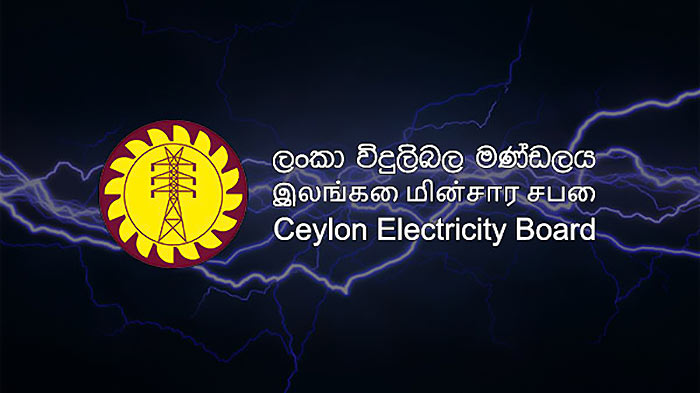CEB announces measures to strengthen grid stability after February 9 power failure

The Ceylon Electricity Board (CEB) has announced a series of immediate and long-term measures to strengthen grid stability following the nationwide power failure that occurred on February 9, 2025.
The blackout, which took place at 11:13 AM on February 9, 2025, was triggered by a disturbance at the 33kV Panadura Grid Substation, causing a sudden voltage drop across the network.
Cause of the Power Failure
According to CEB, the outage was primarily caused by high solar photovoltaic (PV) penetration and low system inertia, making the grid more vulnerable to disturbances.
At the time of the failure, 50% of the national electricity demand was being met by 800 MW of solar PV, alongside 470 MW from the Norochcholai Power Plant and 130 MW from hydropower plants.
Key factors that contributed to the blackout include:
- High Solar PV Penetration & Low Inertia: The lack of synchronous generation increased the grid’s susceptibility to voltage and frequency disturbances.
- Solar PV Disconnection: A sharp voltage drop led to multiple solar PV systems disconnecting, further destabilizing the grid.
- Norochcholai Power Plant Tripping: The plant automatically shut down to protect itself from system instability, preventing prolonged damage.
- “Sunny Sunday” Effect: The combination of high solar generation and low weekend demand led to reduced grid inertia, making it more prone to sudden disruptions.
Immediate Corrective Measures
CEB says it has already taken urgent steps to stabilize the power grid, including the following:
- Maintaining more synchronous generators at minimum levels and operating selected gas turbines in synchronous condenser mode to support voltage stability.
- Curtailing ground-mounted solar PV generation when necessary during low-demand periods to prevent instability.
Medium-Term Strategies
To strengthen grid reliability, CEB stated that it is accelerating several planned initiatives:
- Adjusting rooftop solar PV inverter settings to reduce unnecessary disconnections during minor disturbances.
- Introducing special industrial tariffs for weekends and holidays to encourage businesses to operate during low-demand periods.
- Promoting solar PV installations with Battery Energy Storage Systems (BESS) and introducing a tariff structure for such systems.
Long-Term Solutions for Grid Stability
CEB says it is committed to making long-term investments to modernize the national power grid and integrate renewable energy sources, all while maintaining stability.
These include:
- Deploying grid-forming inverters with BESS to provide synthetic inertia and frequency stabilization.
- Installing emergency backup generators at the Norochcholai Power Plant for rapid reconnection in case of future outages.
- Accelerating the Maha Oya Pumped Hydro Project, a 600 MW storage facility designed to improve grid flexibility and energy security.
- Investing in smart grid technologies to enhance real-time monitoring and control of renewable energy integration.
CEB’s Commitment to a Stable Power Supply
The CEB has acknowledged the inconvenience caused by the blackout and reassured the public of its commitment to ensuring a stable and reliable electricity supply.
As Sri Lanka transitions to a renewable energy-driven system, the CEB says it is implementing both short-term and long-term measures to prevent future disruptions and improve grid resilience.
The board has called for cooperation from the public, renewable energy providers, and investors as it works toward a secure and sustainable national power grid.
Latest Headlines in Sri Lanka
- Sri Lanka to form committee to reduce surgery waiting lists in hospitals February 18, 2025
- Former MP Shantha Abeysekara and son arrested February 18, 2025
- Dry weather disrupts water supply in several regions February 18, 2025
- Price of bread reduced by Rs. 10 February 18, 2025
- Colombo HC indicts Namal Rajapaksa in Krrish deal case, grants bail February 18, 2025


